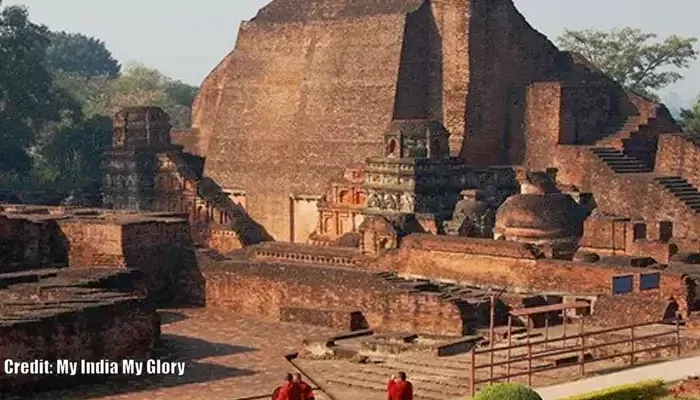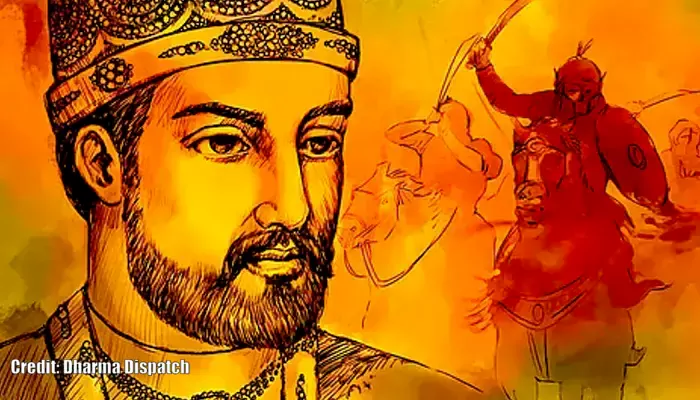
Centuries before colonialism, a foreign invasion torched the cradle of Indian wisdom. Nalanda’s fall was more than a fire—it was a fracture in the nation’s soul
When Nalanda University went up in flames in the 12th century, it wasn't just stone walls or stuccoed statues that crumbled. It was the silence of 10,000 brilliant minds extinguished. Once a world-class institution—India's pride and Asia's beacon—it was reduced to smouldering ruins beneath the footsteps of Bakhtiyar Khilji. The fire blazed for months, they say, yet the actual damage haunted for centuries.
Nalanda was no overnight creation. It was born of vision, nurtured by time, and alive with a vibrant intellectual spirit. Founded in the 5th century CE under Gupta patronage near modern-day Bihar, it thrived as a bustling hub of curiosity and learning, drawing students from Korea, Japan, China, and beyond. It wasn't just a Buddhist monastery — it was India's ancient 'global campus.'
And then, it was gone.
At its height, Nalanda housed over nine million manuscripts. Sheltered in a library called Dharma Gunj—meaning "Mountain of Knowledge"—these scrolls contained India's scientific, mathematical, and philosophical brilliance. From medical treatises to astronomical models, from Buddhist teachings to advances in linguistics and logic, this was more than just a collection. It was civilisation preserved on palm leaves.
When Khilji's men arrived around 1193 CE, they didn't merely plunder a building. They hunted down monks, slaughtered students, and set the archives ablaze like kindling. Medieval chroniclers report that the inferno burned for months. Smoke rose into the skies of Magadha, carrying away centuries of accumulated thought.
Only a few texts survived, many secretly taken to Tibet or kept in distant museums today. For every page saved, millions were lost.

Ikhtiyar al-Din Muhammad Bakhtiyar Khalji was not a scholar; he was a commander from the Khalji tribe, of Turkish origin, who rose quickly under the Ghurid dynasty.
During his campaign to take control of Bengal, Khilji also looked towards Bihar and the treasures of Nalanda. But Khilji's aims weren't driven by gold—they were driven by a deeper purpose: to destroy the foundations of Indian civilisation.
The tragedy didn't just claim lives or manuscripts; it also frayed the very fabric of Indian knowledge. With Nalanda gone, Buddhist scholarship suffered deeply. Many monks fled to neighbouring countries, carrying bits of learning with them, and some never came back. That intellectual gap has never truly been closed.
Aryabhata, the mathematician who once led Nalanda, had introduced revolutionary ideas like zero and pi. His successors were ready to explore even more frontiers, but the devastating fire put an end to those exciting prospects.

Centuries went by, and the site remained buried until it was rediscovered in the 19th century by British archaeologists. Their excavations revealed beautiful courtyards, lecture halls, and prayer rooms, showing us an ancient academic world that was suddenly cut short.
Fast-forward to 2024, and a new Nalanda has emerged near the historic ruins. Officially opened by Indian Prime Minister Narendra Modi, this vibrant campus is a true marvel, fitted with solar energy systems, eco-friendly design, and space to welcome over 2,000 students. It's more than just a new institution; it's a heartfelt revival, carrying forward the spirit of learning where it once thrived.